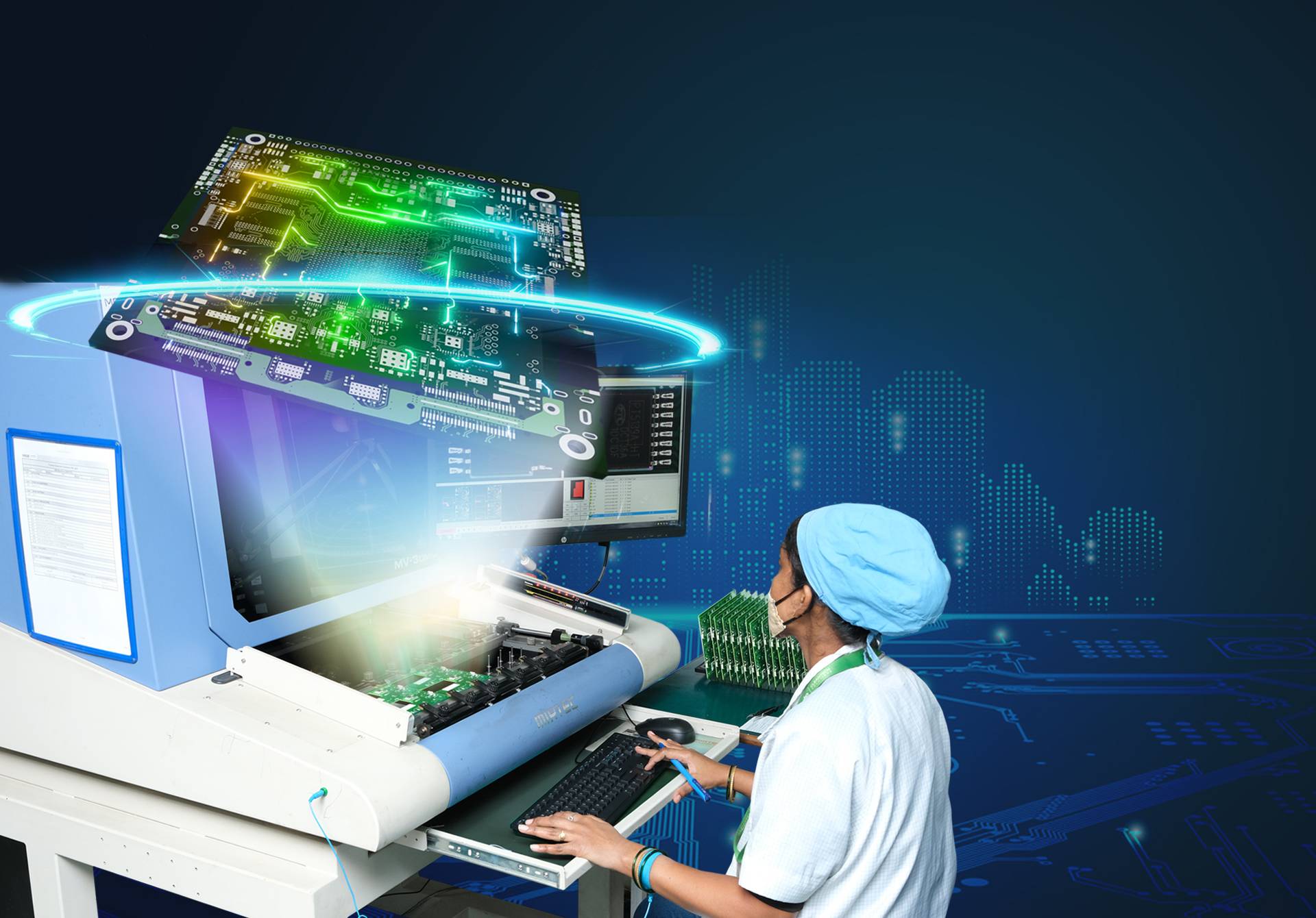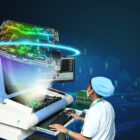Introduction:
Printed Circuit Boards (PCBs) are the backbone of electronic devices, serving as the foundation for the intricate web of connections that enable seamless functionality. Whether you are designing a simple prototype or gearing up for mass production, understanding the disparities between prototyping and production PCB assembly is crucial. In this article, we will delve into the key differences between these two stages of PCB development, shedding light on the unique challenges and considerations each presents.
Prototyping PCB Assembly:
Prototyping is the initial phase of PCB development, where designers bring their concepts to life for testing and validation. The primary goal of prototyping is to identify and rectify potential design flaws before moving into mass production. Here are some key aspects that differentiate prototyping PCB assembly from production:
Small Batch Sizes:
Prototyping involves producing a limited number of PCBs for testing purposes. This typically means smaller batch sizes, allowing designers to quickly iterate and make necessary adjustments without incurring the significant costs associated with large-scale production.
Quick Turnaround:
Speed is paramount in the prototyping phase. Designers and engineers need quick turnaround times to evaluate multiple iterations and refine their designs. As a result, prototyping PCB assembly services prioritize agility and flexibility, enabling rapid production and delivery of small batches.
Cost Sensitivity:
Prototyping is characterized by a higher degree of uncertainty. Designers may need to make several revisions before finalizing the product. Consequently, cost sensitivity is a significant consideration during prototyping, as excessive expenses can hinder the exploration of design alternatives.
Manual Assembly:
Due to the smaller batch sizes and the need for flexibility, prototyping often involves more manual labor in the assembly process. While this may be time-consuming and less efficient than automated production, it allows for quick adjustments and component replacements during the testing phase.
Focus on Functionality Testing:
Prototyping is primarily about functional testing. Designers are more concerned with ensuring that the circuit operates as intended, identifying potential issues with signal integrity, power distribution, and other critical parameters.
Production PCB Assembly:
Once a design has been thoroughly evaluated and validated in the prototyping phase, it transitions to production for mass manufacturing. Production PCB assembly involves scaling up the manufacturing process to meet the demands of larger quantities. Here are the key differences in this stage:
Large Batch Sizes:
In production, the focus shifts from small-scale batches to large-scale manufacturing. The aim is to produce PCBs in high volumes to meet market demand efficiently. This necessitates optimized and streamlined production processes to achieve economies of scale.
Automated Assembly:
Unlike prototyping, production PCB assembly heavily relies on automation. Automated assembly lines are employed to enhance efficiency, reduce labor costs, and ensure consistency in quality across enormous quantities of PCBs. Automated machines precisely place components on the board, solder them, and perform quality checks.
Cost Efficiency:
With larger quantities, the per-unit cost of production decreases. Economies of scale come into play, allowing manufacturers to achieve cost efficiency in terms of materials, labor, and equipment. This cost-effectiveness is a significant advantage for meeting market demands and staying competitive.
Quality Assurance and Testing:
While functionality remains crucial, production PCB assembly places a greater emphasis on quality assurance and reliability. Rigorous testing procedures, including automated testing equipment, are implemented to identify and rectify defects. This ensures that every unit leaving the production line meets the specified quality standards.
Standardized Processes:
Production requires standardized processes to maintain consistency across many units. This involves strict adherence to design specifications, material standards, and assembly guidelines. Standardization is essential for achieving repeatability and minimizing variations in the final product.
Conclusion:
In summary, prototyping and production PCB assembly represent distinct phases in the development of electronic devices. Prototyping focuses on refining and validating designs, with an emphasis on quick turnarounds, small batch sizes, and cost sensitivity. On the other hand, production assembly is geared towards efficiency, cost-effectiveness, and quality assurance through automated processes and standardized workflows.
Understanding these key differences is essential for electronics designers and manufacturers to navigate the intricate journey from concept to market-ready products successfully. Whether in the prototyping or production phases, each stage plays a pivotal role in delivering reliable and innovative electronic solutions to consumers worldwide.





